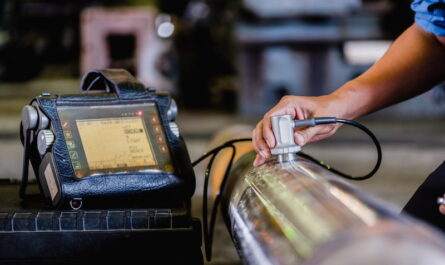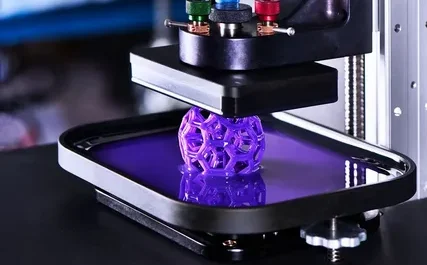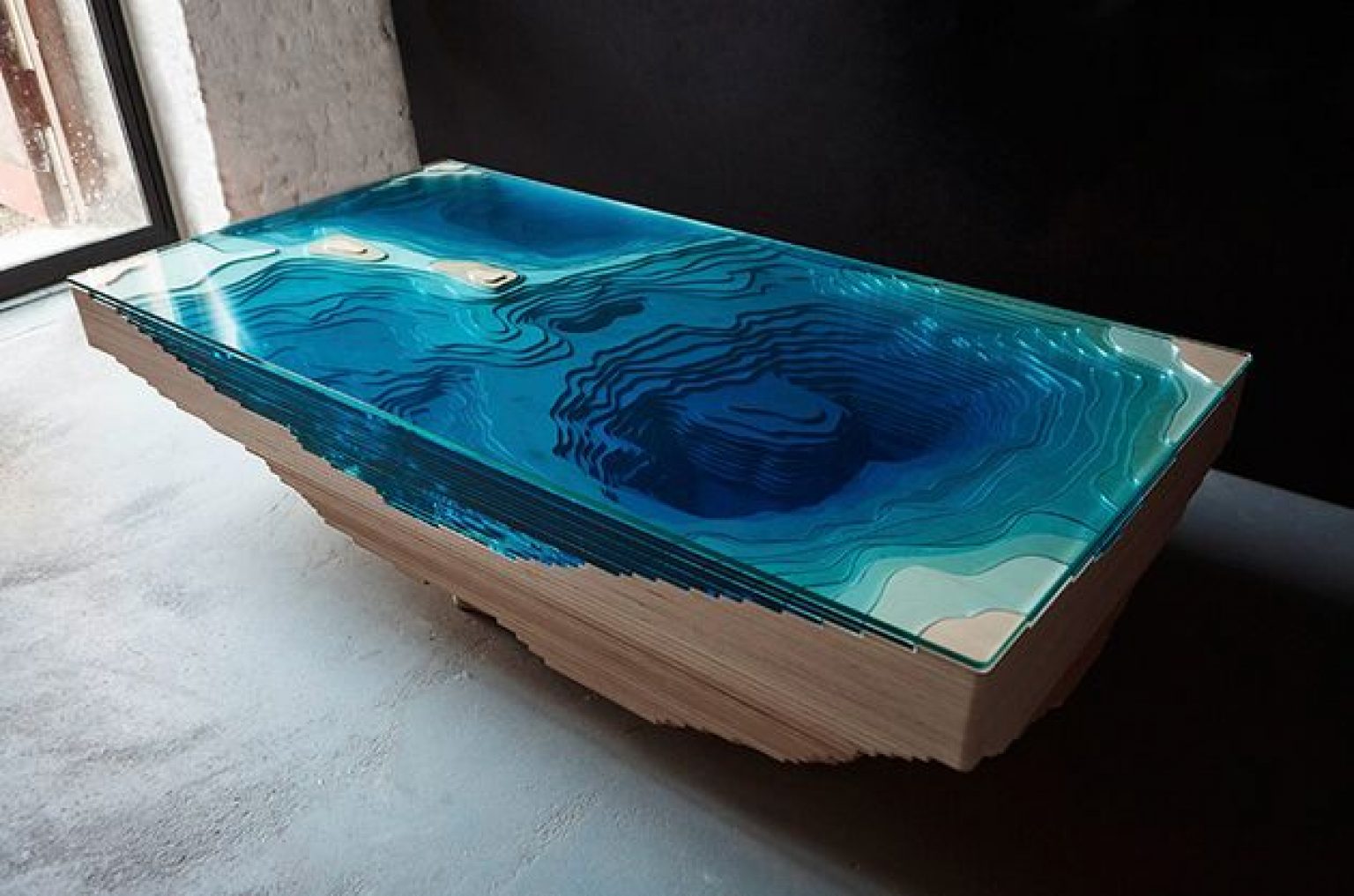Introduction to Scaffold Technology
Scaffold technology utilizes three-dimensional structures to mimic the cellular environment found in the body. These scaffolds provide anchoring sites for cells to attach, migrate, and organize into tissues. By controlling the scaffolds’ properties like architecture, surface chemistry, and mechanical integrity, researchers can guide cell behavior for applications in tissue engineering and regenerative medicine.
Material Selection and Design
The choice of Scaffold Technology material depends on its intended application. For example, degradable natural polymers like collagen or hyaluronic acid are well-suited for soft tissues, while synthetics like poly(lactic-co-glycolic acid) or ceramics are used for hard tissues and bone regeneration. Regardless of material, scaffolds must balance supporting cell functions with gradual degradation as the regenerated tissue forms. Their pore architecture must allow for cell infiltration, nutrient diffusion, and waste removal. Techniques like freeze-drying, gas foaming, 3D printing, and electrospinning offer control over pore size, geometry and interconnectivity.
Cell Seeding and Culture Conditions
Once fabricated, scaffolds are seeded with the needed cell types, like stem cells, for the target tissue. Dynamic seeding methods using spinner flasks or perfusion bioreactors help achieve uniform cell distribution throughout the scaffold. The culture conditions must then maintain viable cell attachments. Factors such as oxygenation, pH levels, growth factors and mechanical stimuli can be adjusted to encourage adhesion, proliferation and cellular reorganization. Over time, cells deposit new extracellular matrix, remodeling the scaffold and forming the nascent tissue construct.
In Vitro Assessment and Maturation
Non-destructive imaging and analytics assess scaffolds during culture. Histology provides morphological details while assays quantify new protein or tissue production. As constructs mature, their mechanical properties progressively match the tissue of interest. Bioreactors further improve properties by applying deformation or pressures mimicking physiological conditions. Well-characterized, tissue-like constructs can then be prepared for preclinical animal studies or clinical applications in regenerative procedures.
Applications in Tissue Engineering
Scaffolds show promise in engineering many tissues. For skin, bilayered structures of dermis-like collagen sponges seeded with fibroblasts and epidermis-like keratinocyte layers have been fabricated. Cartilage scaffolds of silk-based hydrogels support chondrocyte proliferation and extracellular matrix deposition. Vascular grafts made from polycaprolactone and endothelial/smooth muscle cells may help treat cardiovascular diseases. Researchers are also working on scaffolds for developing organ bud structures or decellularized whole organ scaffolds for recellularization. Ultimately, optimizing scaffold design and cellular control could enable regeneration of more complex tissues and whole organs.
Challenges and Future Directions
While progress has been made, challenges remain in validating scaffold performance in vivo and translating designs into commercial therapies. Consistent scale-up of scaffold fabrication for clinical needs requires further automation and quality control. Modeling cell-scaffold interactions mathematically may ultimately provide design guidelines optimized for specific tissues. Integration with other engineering strategies, like use of bioreactors, bioprinting or incorporation of growth factors and stem cells, can further scaffold functionality. Future work involving multi-disciplinary expertise holds promise to address the challenges and realize the full potential of scaffold technology for clinical tissue regeneration and repair.
In summary, scaffold technology employs three-dimensional frameworks to guide cellular organization for tissue regeneration applications. Advances in material selection and fabrication methods now provide extensive control over scaffold properties to interface with cellular behaviors in vitro. Combining scaffolds with factors like bioreactors and seeded cell types shows promise towards generating functional tissue constructs. With ongoing refinement and integration with related strategies, scaffold technology represents a modern approach towards engineered solutions for damaged or diseased tissues and organs.
*Note:
1. Source: Coherent Market Insights, Public Source, Desk Research
2. We have leveraged AI tools to mine information and compile it.



